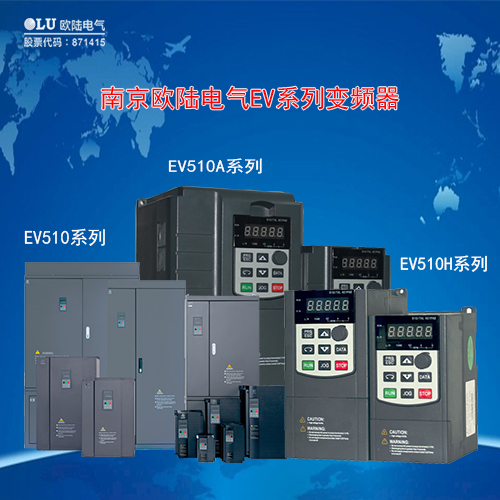How to Select a Frequency Converter Based on Load Requirements
Proper selection of frequency converters is critical for ensuring reliable operation of mechanical equipment drive control systems, preventing equipment failures and unnecessary losses due to incorrect specifications. The selection process should begin by clearly defining the application objectives, followed by evaluating equipment type, load characteristics, speed regulation range, control method, operating environment, and protection requirements to identify the optimal converter solution. This approach ensures both production process requirements and economic benefits are achieved.
Frequency converters cannot perform optimally under all conditions, necessitating user understanding of load profiles, environmental factors and converter capabilities. Different motor-driven loads impose different requirements on converters. So how should enterprises select appropriate converter types based on load requirements?

Technical Guidelines for Variable Frequency Drive (VFD) Selection by Load Type
1. Fan & Pump Loads
Torque Characteristics: Square-law relationship (torque ∝ speed²)
Starting/Low-Speed Demand: Minimal resistance torque
Recommended VFDs:
Built-in PID for pressure/flow control
Energy-saving optimization algorithms
Pump/fan-specific protection (dry-run, cavitation)
Standard models (e.g., Oulu Electric EV510/EV510H series)
Key features:
2. Constant Torque Loads
(e.g., extruders, mixers, conveyors, injection molding machines)
Option 1: Standard VFDs (for basic speed regulation)
Option 2: High-performance VFDs with torque control (ideal for precise operation)
150% overload capacity (60s)
Auto torque boost for heavy starts
Recommended models: Oulu Electric EV510A/LS590 series
Advantages:
3. High-Dynamic Performance Loads
(e.g., steel rolling mills, plastic film lines)
Solution: Vector control VFDs (sensorless or encoder feedback)
Speed accuracy: ±0.01% (with encoder)
Fast torque response: <10ms
Multi-motor synchronization support
Model example: Oulu Electric EV510-V series
Capabilities:
Industry Impact of VFD Technology
Modern VFDs deliver transformative benefits:
Energy Savings: Reduce power consumption by 20–40% in variable torque applications.
Equipment Protection: Soft start/stop extends mechanical lifespan.
Process Optimization: Precise speed control improves product quality.
Oulu Electric’s VFD solutions align with global sustainability goals while cutting operational costs. For tailored recommendations, consult our technical team with your load specifications.